Affiliate links on Android Authority may earn us a commission. Learn more.
Apple now has 95% of the smartphone industry's profits
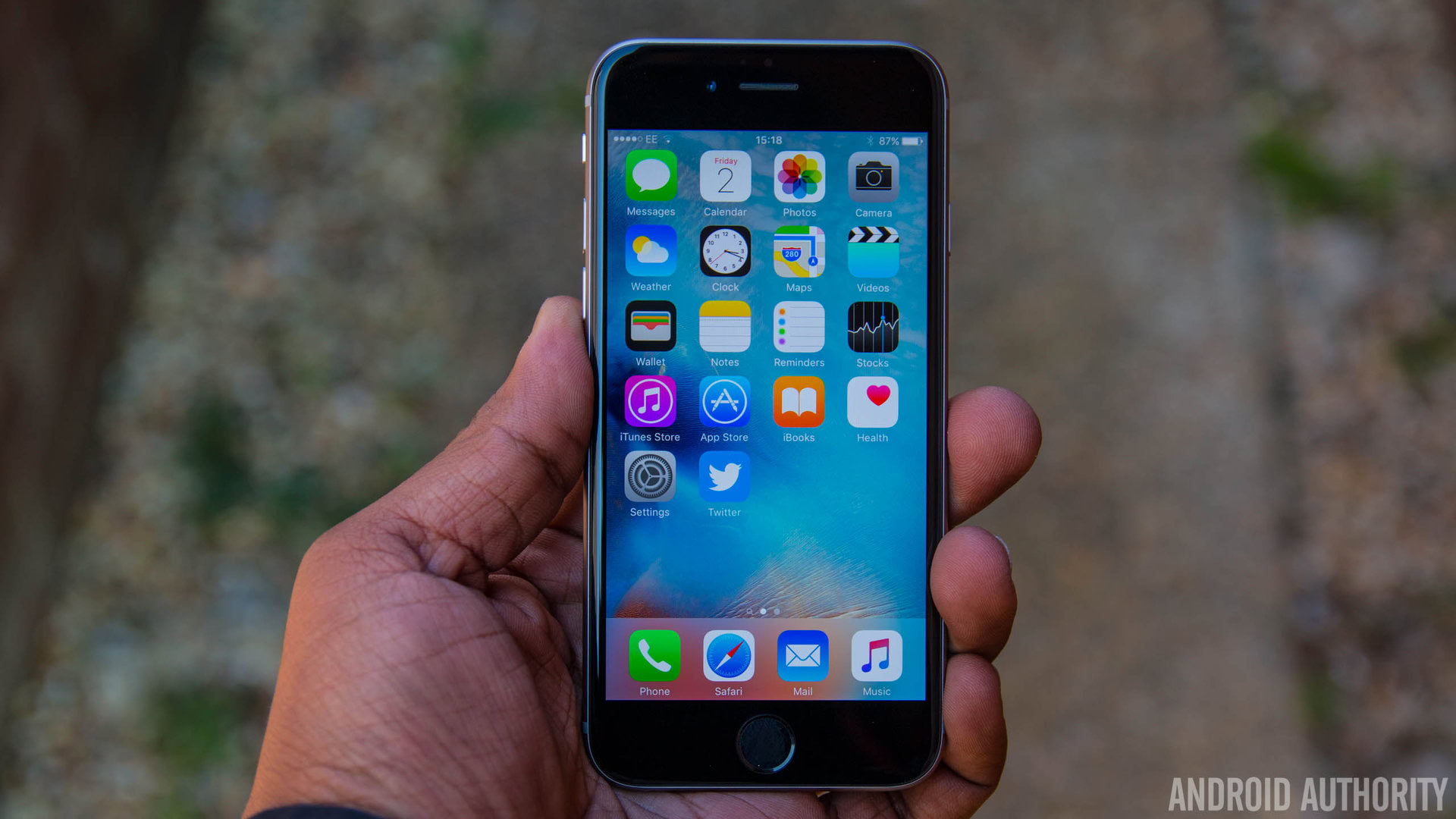
Earlier this year, a report by The Wall Street Journal caused a minor uproar among many fans in Android land when it reported that, as of Q1 2015, Apple was raking in 92% of the smartphone industry’s profits, with Samsung earning 15%. The numbers exceed the standard 100% due to these two companies making profits at the expense of other companies such as LG or BlackBerry. While some might still be reeling in reaction, the profit picture about to be painted is likely to push them over the edge: according to a new study by Canaccord Genuity, as of Q3 2015, Apple is now making 95% of the profits.
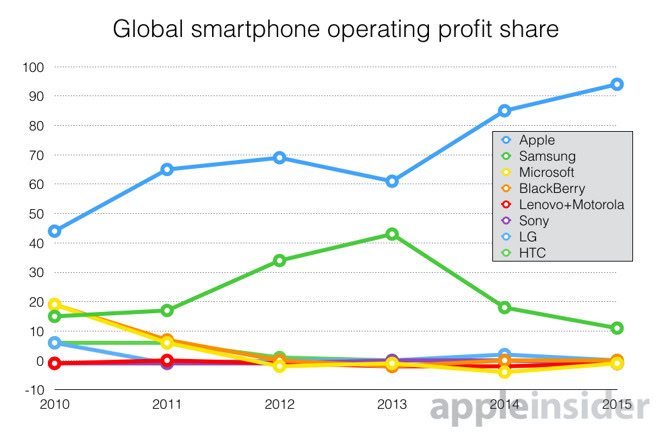
The above chart essentially says everything. After the iPhone 5 released in 2012, it would appear the company’s sales started to slide, however things began to pick up early in 2013 and then have continued to climb to ever higher heights since then. Samsung’s profit data, on the other hand, is an almost mirror image of Apple’s, with 2013 serving as the highest point in the recent past, and dropping sharply thereafter.
Of all the other companies listed, BlackBerry has fallen the farthest, however things may start to change now that the Priv has released. Lenovo/Motorola and Sony have almost no growth whatsoever. LG and HTChave also fallen over time.
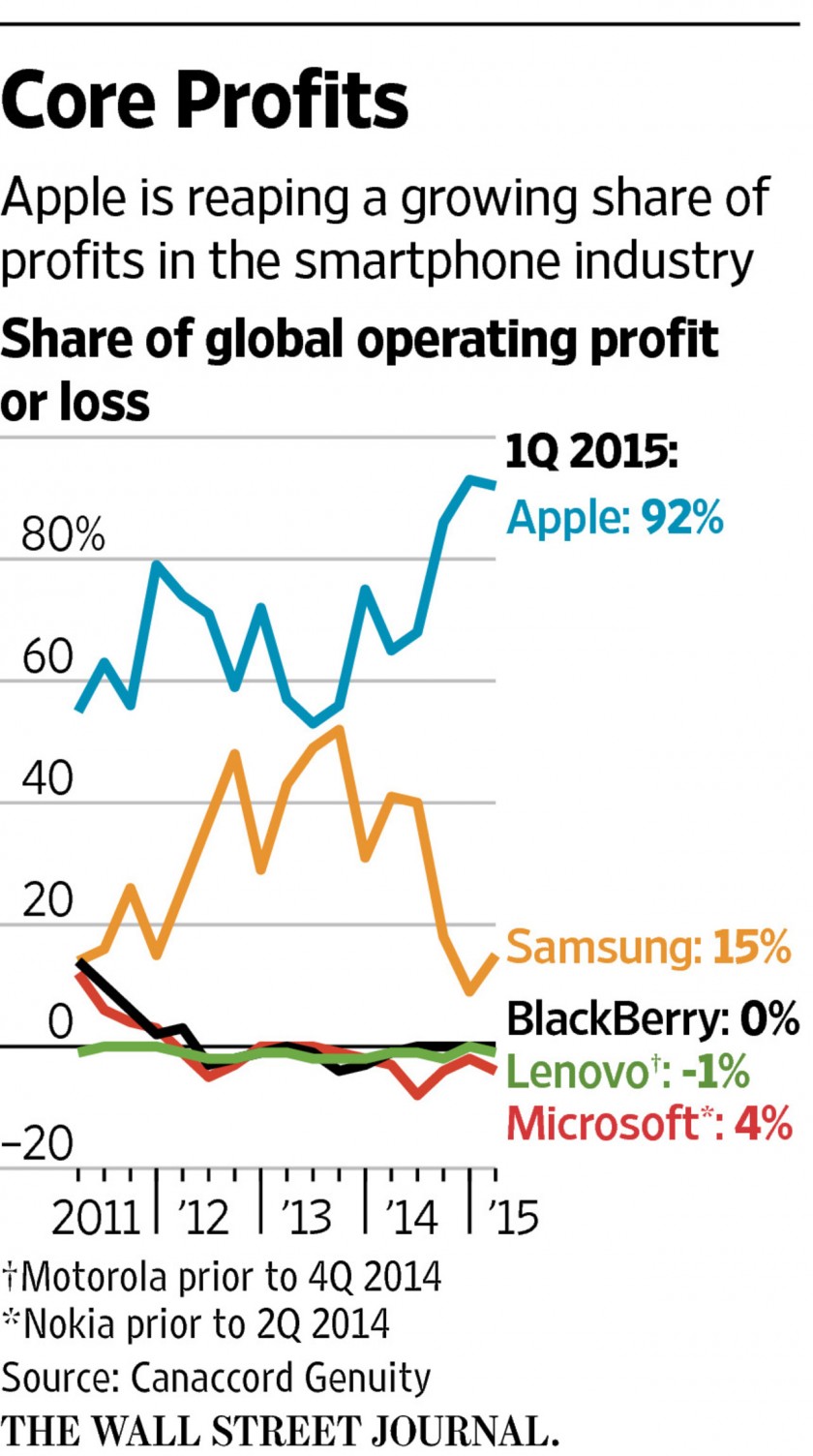
About Apple
Like it or not, Apple can command such a profound profit despite only accounting for around 15% of global smartphone sales. This is due in no small part thanks to the pricing of the iPhone, which as Phone Arena points out, “the price of the average iPhone going up from $620 back in 2014 to $670 during Q3 2015, and this at a 37 percent operating margin. Apple doesn’t need to win the volume game in order to dominate the profit charts.”
The study found that Samsung now has an average sale price of $180 per handset, which means that despite the success of devices like the Galaxy S6 or Galaxy Note in some countries, the world-at-large clearly isn’t purchasing such expensive handsets. Part of this can also be attributed to the Innovator’s Dilemma, a subject matter that came up in recent weeks due to one analyst’s decree that Samsung will exit the smartphone business within the next 5 years.
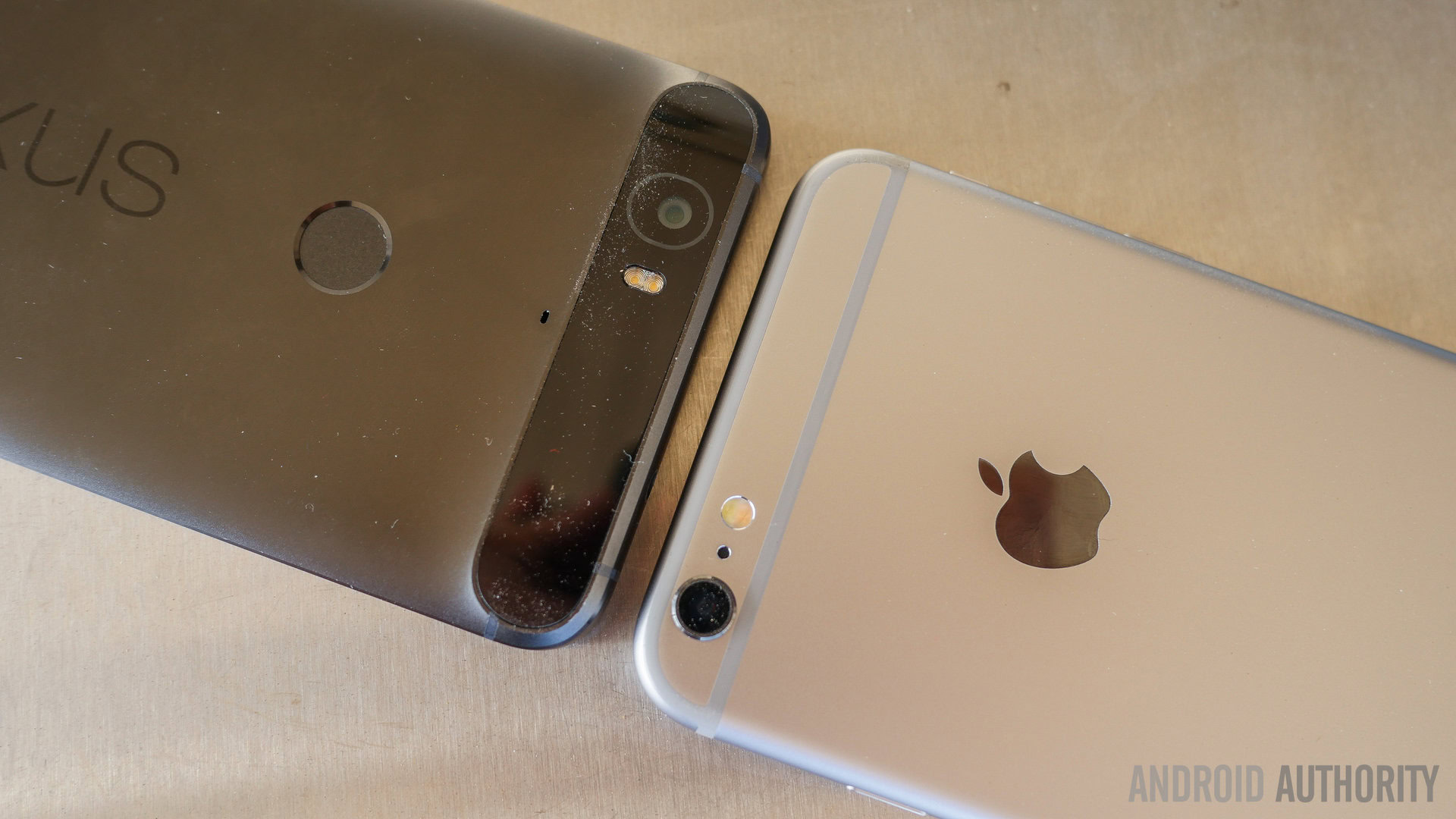
To boil the idea down into a simple situation, now that there are so many OEMs making Android phones, and due to all of them using Android, customers will no longer be inclined to pay top dollar for a device that has the same features or functions as a cheaper one. Even adding in extra bells and whistles typically will have no effect on the average customer, who is looking for the best deal possible rather than having a burning compassion to purchase the absolutely tip-of-the-top.
This is also why Apple can still command such a high price tag for its products: no one else can make iOS devices, thus if you want in you need to pony up the pennies. As the iOS/iPhone brand can not be “eroded” by the presence of competition, those who want an iPhone are thus forced to either buy one, or else “settle” for an Android alternative, something that some people absolutely refuse to consider. Likewise the fact that Apple itself doesn’t make a “cheap” iPhone ensures that even within its own customer base, the profit picture will always be paramount.
What will happen?
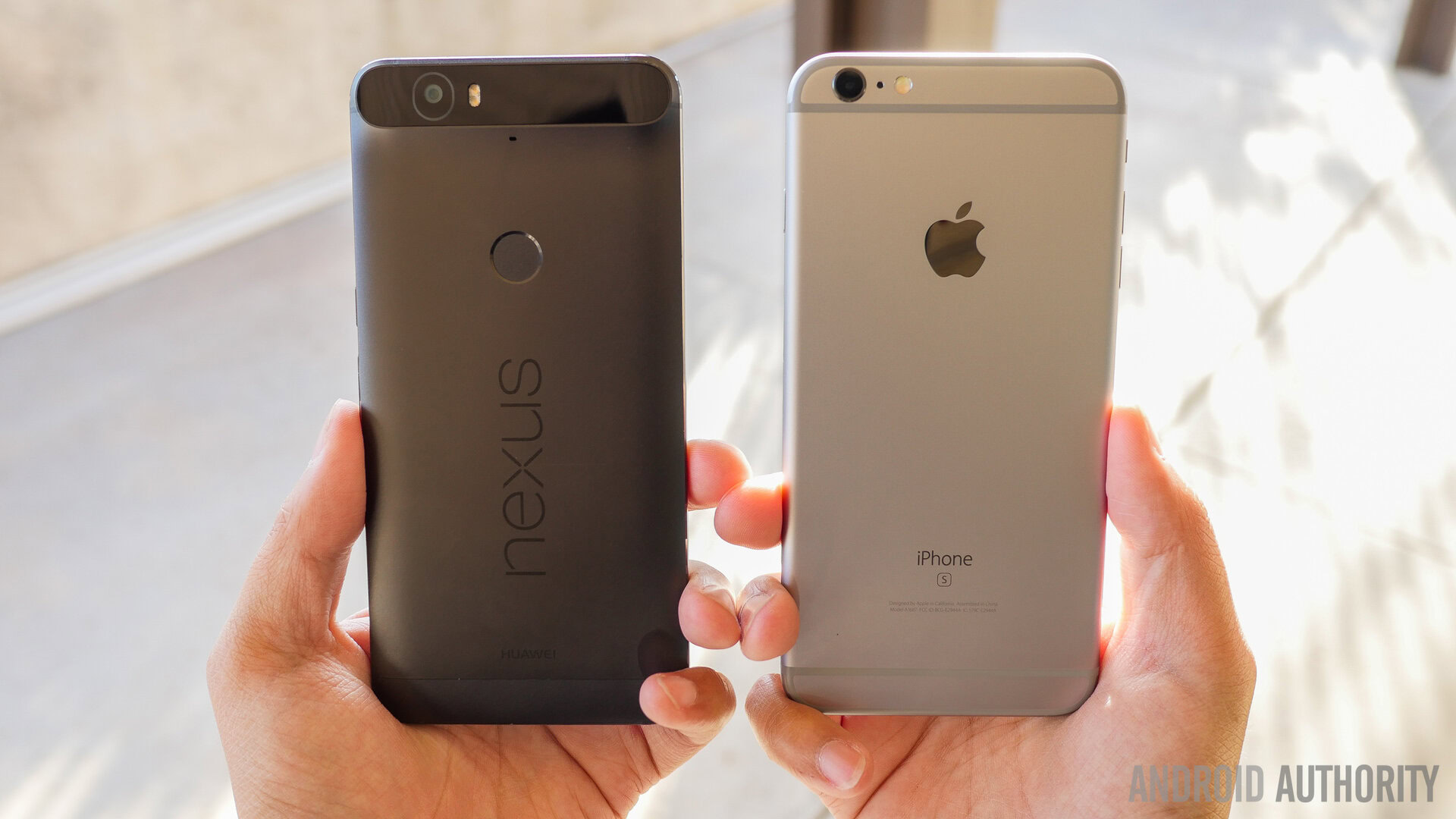
Each year, there are “doomsday” predictions that Apple will finally bite off more than it can chew; that its latest product portfolio will fail to attract. The iPhone 6S for example, was criticized by some for making 3D Touch a major selling point despite criticism that it’s not simplistic or intrinsic. Still, the company has broken all iPhone sales records once again.
What is not usually highlighted is the fact that Apple is also releasing its devices in new territories each year, which means more sales opportunities. It would be quite interesting to see what the profit picture might look like if the company was consistently releasing its hardware only in the same markets year-after-year. While growth is growth, the current situation is a bit tantamount to a fish swimming in a bowl one year, a pond the next year, and the ocean the year after that: as the magnitude itself increases so too does the potential for new things to happen.
The Size Problem
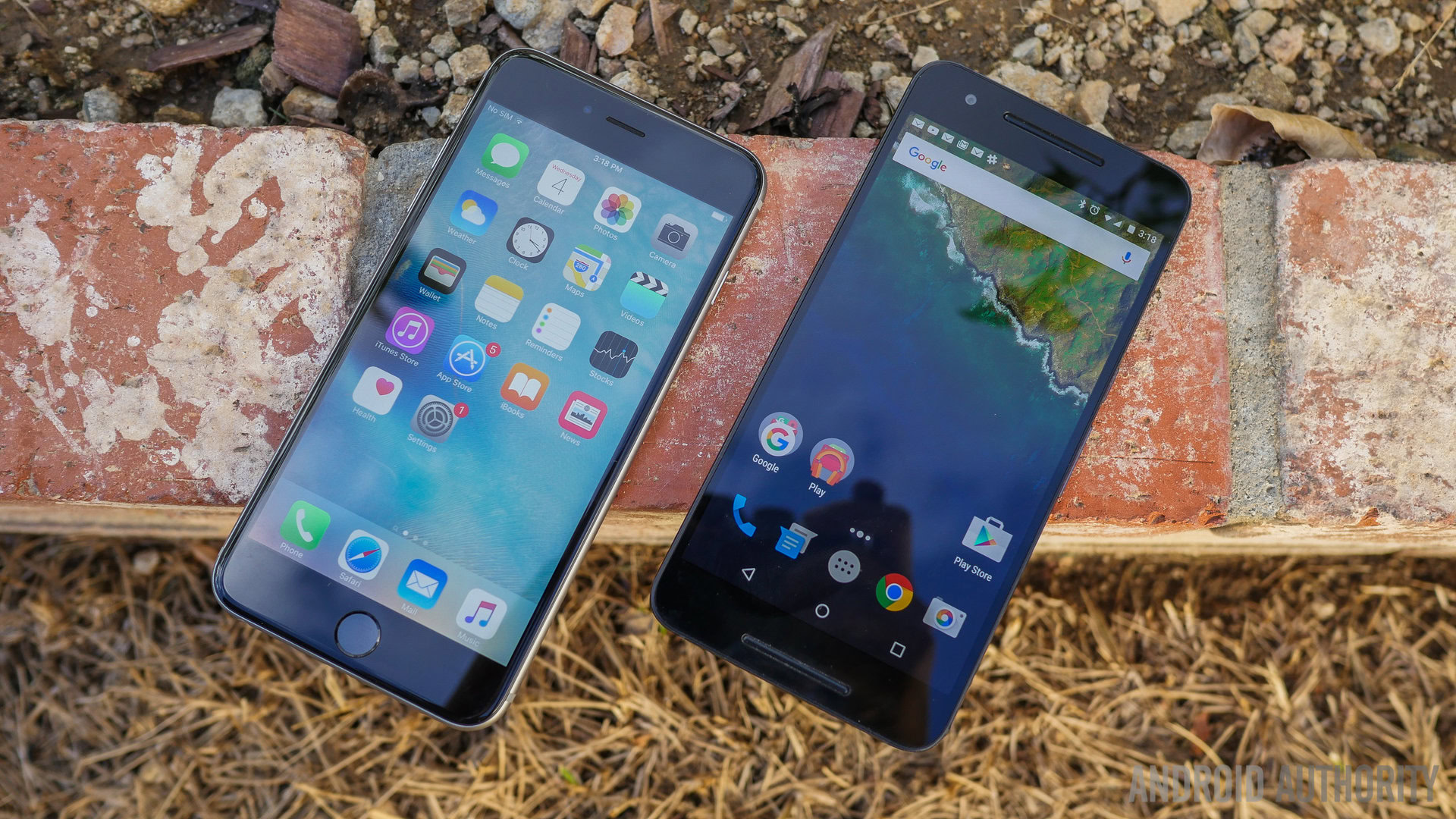
Perhaps the one big “problem” Apple may face with respect to its iPhone is the size itself: there are, and will continue to be, customers who simply refuse to go beyond the 4-inch form factor that was last seen on the iPhone 5S and 5C. Even on a personal level, I know dozens of avid Apple supporters who are still sporting their own 5S due to the “unwieldy” size of even the standard 6. Many don’t want to purchase another 5S if theirs breaks due to outdated hardware, but feel abandoned as Cupertino has “forgotten” about them.
It is with this contention that rumors of an iPhone 6C coming in Spring 2016 seem more plausible. Apple itself must be aware of the segment of its customer base resisting change, and at the risk of losing them entirely, could easily put out an appeasal product. The 6C need not be the creme-de-la-creme, but so long as it has updated hardware components beyond the 5C and perhaps a new design (even if it’s plastic) it will appeal to them.
7th Heaven may be (somewhat) less likely
2016 will also bring with it the probable production of an iPhone 7, and with it a brand new design. This of course, will restart the entire “buy it again” purchase cycle and thus, provided nothing major changes in consumer spending habits, next year will see even greater sales. Perhaps. While there will always be a dedicated collective of customers who purchase Apple no matter what, looking at the general public, next year could – in theory – be the first to break the recent growth trend.
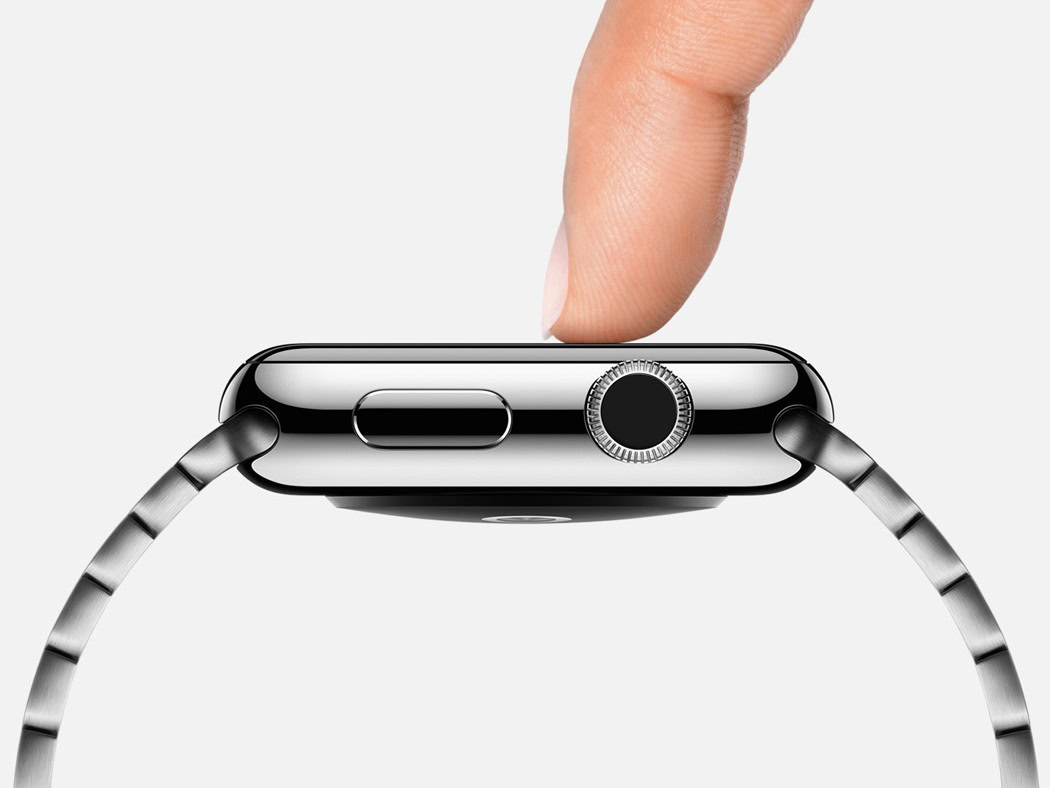
Even with an all new design, the iPhone 7 is less likely to have “revolutionary” features though the company will certainly seek to market something. Consider that, for many, the iPhone 6 represents the epitome of the product they always wanted. It’s bigger and better than those iPhones that came before it, and in theory it’s enough. The iPhone 6S gets a major market simply because all those on two year contracts are upgrading. Likewise, some customers specifically wait for the “S” models to change as they typically have more dramatic differences than the “non-S” iPhones which are mainly used to show off a new design.
Even if the rumors are true and Apple puts an AMOLED screen into the iPhone 7, the tangible benefits may be less noticeable for content consumers. Sure the colors might be richer and the blacks inkier, but faced with the prospect of spending on an all new phone when their current one is more-than-suitable, who is to say how many will open their wallets.
What does all this mean for Android
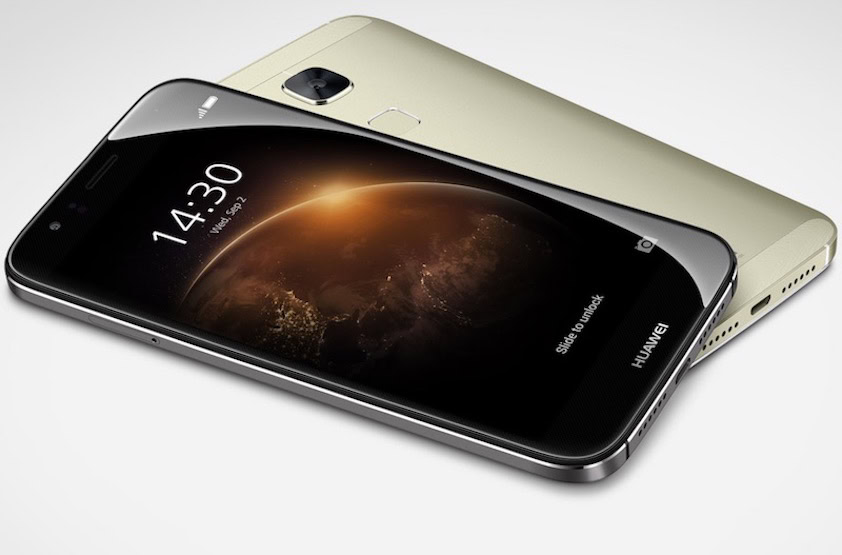
For Android OEMs, the profit picture is seemingly getting bleaker by the minute. Whereas last year saw a few “shockers” like the OnePlus One – top tier specs in affordable clothing – this year has seen even the budget phones go big. The Moto G (3rd Edition) for example, has some very impressive features and specs for some very modest money. The result is that a new product such as the HTC A9, with a $500 price tag, is perceived by many as absurdly overpriced, especially given its specs.
Android makers such as Samsung have already demonstrated that they understand the problem at hand and are in need of major changes. But it’s obviously not easy. Companies like HUAWEI and Xiaomi are growing in no small part due to their sales strategies focusing on online retail instead of big box outlets. That HUAWEI was chosen to produce the Nexus 6P was a major endorsement by Google. OnePlus gets an endless supply of free PR with its invitation system, and thus need not spend money when it has the tech press pouncing on any possible potential for another window to purchase.
OEMs will continue to focus on the mid-to-low end market to account for sales in developing countries, but it may be more difficult to reduce money for marketing. At the very least, a lack of visibility on TV commercials or online ads might be seen as a sign of weakness, or else it might literally mean that some customers forget about the company when it comes time to make the next major purchase.
What this means for Consumers
Perhaps the real key here, is that unlike with Apple, in Android land the consumer is the real winner. Phones have become more affordable than ever, and this has allowed millions around the world to enjoy good products at prices that meet their own individual needs. Customers in developing countries don’t have to settle for outdated specs from years ago simply because they don’t necessarily have the disposable income to afford a Galaxy S.
It ultimately becomes the company’s responsibility to find new ways to make a profit, and that goes back to the very nature of business itself: remain competitive and constantly invent or innovate to stay alive. It should be clarified that, while larger more financially sound corporations may be able to do this through much research, development, investment, and resilience, many smaller companies can not. To this end, the effect can be disastrous and that ultimately has a profound effect on the employees’ livelihood as well.
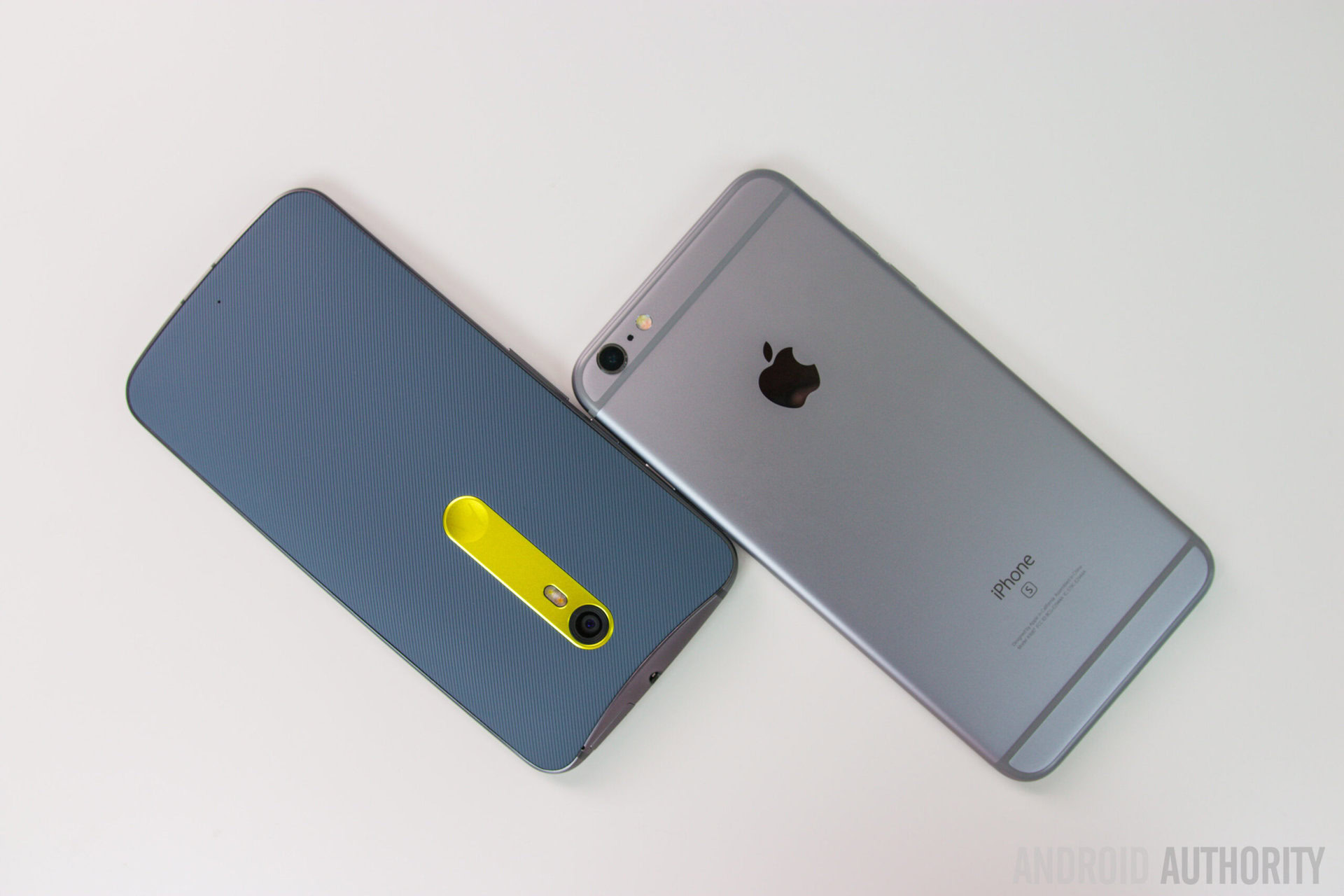
At the same time, Apple becomes less and less relevant in the lives of many around the globe simply because they can’t afford the products or else don’t want to pay such prices. While one might argue this doesn’t really matter given the company doesn’t cater to the “have nots” anyway, it also means that Apple is under less direct pressure to invent something new, save for the heat from shareholders. And let’s not forget that companies like Samsung and LG have far more on their plate than just smartphones, and companies like HUAWEI are eager to expand into new markets.
Wrap Up
Android fans may be disappointed by this the data reported in this piece, however it’s important to keep in mind that it has little bearing on your own ability to enjoy and love Android. Google’s mobile OS is only getting stronger, and will continue to do so in the future. Likewise, while companies are currently facing a tough time when it comes to make money from mobile, there is (hopefully) light at the end of the tunnel, be it a new product category or else some other change entirely. There is so much in tech these days, the sky’s the limit.
What do you think? We would love to hear your thoughts: please leave us your comments below!